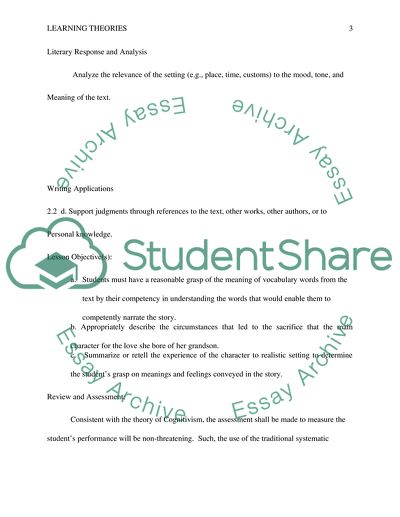Cite this document
(“Learning Theories Essay Example | Topics and Well Written Essays - 2500 words”, n.d.)
Learning Theories Essay Example | Topics and Well Written Essays - 2500 words. Retrieved from https://studentshare.org/education/1610165-learning-theories
Learning Theories Essay Example | Topics and Well Written Essays - 2500 words. Retrieved from https://studentshare.org/education/1610165-learning-theories
(Learning Theories Essay Example | Topics and Well Written Essays - 2500 Words)
Learning Theories Essay Example | Topics and Well Written Essays - 2500 Words. https://studentshare.org/education/1610165-learning-theories.
Learning Theories Essay Example | Topics and Well Written Essays - 2500 Words. https://studentshare.org/education/1610165-learning-theories.
“Learning Theories Essay Example | Topics and Well Written Essays - 2500 Words”, n.d. https://studentshare.org/education/1610165-learning-theories.


